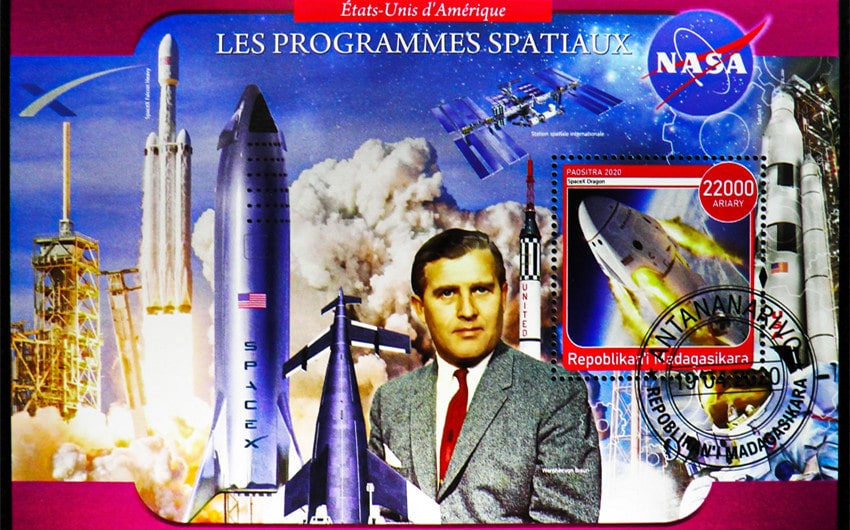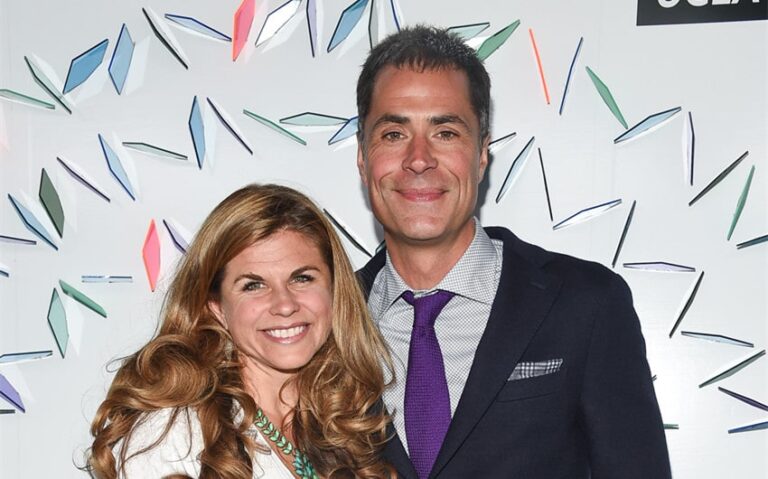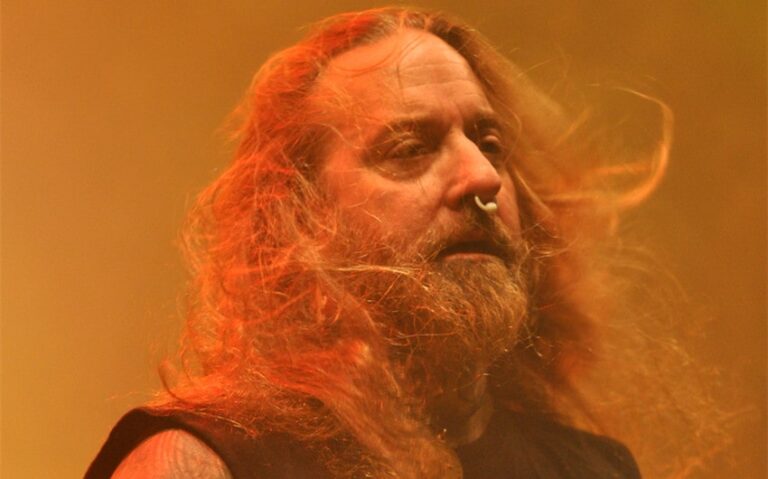Who Was Wernher von Braun’s Wife? The Story of Maria von Braun and Her Life Beside the Rocket Pioneer
Behind every great historical figure, there is often someone whose story remains untold—and such is the case with Wernher von Braun’s wife, Maria von Braun. Known to history primarily as the wife of one of the most influential and controversial scientists of the 20th century, Maria lived a life that was at once privileged, complicated, and quietly remarkable. While Wernher von Braun was revolutionizing rocket science—first in Nazi Germany and later for NASA—Maria provided the grounding presence that sustained him through turbulent political and personal transformations. Her story adds a deeply human layer to the legacy of the man who helped put humans on the Moon.
Who Was Wernher von Braun?
Wernher Magnus Maximilian Freiherr von Braun was born on March 23, 1912, in Wirsitz, then part of the German Empire (now Wyrzysk, Poland). A visionary from a young age, von Braun became fascinated by space and engineering early in life. His relentless ambition and technical brilliance eventually made him a central figure in the development of rocket technology.
During World War II, von Braun was instrumental in the creation of the V-2 rocket, the world’s first long-range guided ballistic missile. Though technologically groundbreaking, the V-2 was also a weapon of terror used by Nazi Germany against civilian populations, raising lasting moral questions about von Braun’s wartime role.
After the war, he and several of his German colleagues were brought to the United States under Operation Paperclip, a program designed to recruit German scientists for American research and defense initiatives. In the U.S., von Braun became the leading figure behind the Saturn V rocket, which launched the Apollo missions to the Moon. He transformed from a former enemy scientist into an American hero—a transition that remains one of history’s most remarkable reinventions.
Meeting His Wife – Maria von Quistorp
Amid all the drama of war, exile, and scientific ambition, Wernher von Braun’s personal life found stability through his marriage to Maria von Quistorp. Born in 1928 in Germany, Maria came from a distinguished Prussian family with aristocratic roots. Her mother, Emmy von Quistorp, was the sister of Wernher’s mother, meaning Maria and Wernher were first cousins—something not uncommon among noble families at the time.
Maria grew up during the war years and witnessed the collapse of the world she had known as Germany descended into ruin. Wernher, meanwhile, was grappling with the moral and professional consequences of his role in the V-2 program. Despite the age difference—Wernher was 35 and Maria only 18 when they married—their relationship was rooted in mutual respect, shared family ties, and a sense of companionship.
Marriage and Family Life
Wernher and Maria were married on March 1, 1947, in a small Lutheran ceremony in Landshut, Bavaria. The wedding took place just before von Braun’s permanent relocation to the United States under the supervision of the U.S. Army. For Maria, this marriage marked the beginning of an extraordinary journey that would take her far from the ruins of postwar Europe to the technological frontier of the American space race.
The couple settled first in Fort Bliss, Texas, where Wernher worked with a group of German engineers developing rocket technology for the U.S. military. Life in Texas was a major adjustment for Maria. She was young, newly married, and living in a foreign country where she barely spoke the language. Yet, according to those who knew her, she approached this new life with grace and adaptability.
Maria and Wernher went on to have three children—two daughters, Iris Careen and Margrit, and a son, Peter. The family later moved to Huntsville, Alabama, where von Braun became the director of NASA’s Marshall Space Flight Center. Huntsville would become the von Braun family’s permanent home and the heart of the American space program.
Life in the United States
In the United States, Maria von Braun embraced her role as a wife, mother, and community figure. Though her husband was constantly in the public eye, she preferred a life of discretion and quiet dignity. While Wernher led teams of scientists building the rockets that would take astronauts to the Moon, Maria focused on raising their children and maintaining a stable home life amid the pressures of fame and history.
In Huntsville, the von Braun family became local celebrities. Maria was admired for her elegance, intelligence, and poise. She was fluent in several languages and often hosted gatherings that brought together American and German scientists, their families, and local dignitaries. However, unlike many public figures’ spouses, she rarely gave interviews and seldom sought attention. Her calm and reserved demeanor offered a counterbalance to the intensity of her husband’s work.
A Woman in the Shadow of History
While Wernher von Braun’s name became synonymous with human spaceflight, Maria’s role was largely private—but no less significant. She provided stability in a life that was defined by political scrutiny and moral controversy. Von Braun’s past association with the Nazi regime continued to haunt him, and Maria’s steadfast support helped him navigate the personal strain that came with fame and criticism.
She also faced challenges of her own. As the wife of a man who had once worked for the German military, Maria had to endure both curiosity and suspicion from the American public. Yet, she managed to win people over with her warmth and modesty. Those who knew her often remarked that she possessed the same quiet determination as her husband, but expressed it through care and compassion rather than ambition.
Legacy and Later Years
Wernher von Braun passed away in 1977 at the age of 65 after a battle with cancer. Maria was 49 at the time. After his death, she continued to live in Huntsville, preserving his memory while maintaining her independence. She devoted herself to her family, especially her children and grandchildren, and continued to be involved in community activities.
Her daughter, Dr. Margrit von Braun, went on to become a respected environmental engineer and academic, continuing the family’s legacy of scientific contribution—albeit in a very different field. Maria herself avoided public appearances and rarely spoke about her husband’s controversial career, choosing instead to focus on family and faith.
Maria von Braun lived a long and peaceful life, passing away in 2019 at the age of 91. Her obituary described her as “a woman of grace, strength, and compassion,” qualities that had defined her throughout her years beside one of history’s most complex figures.






